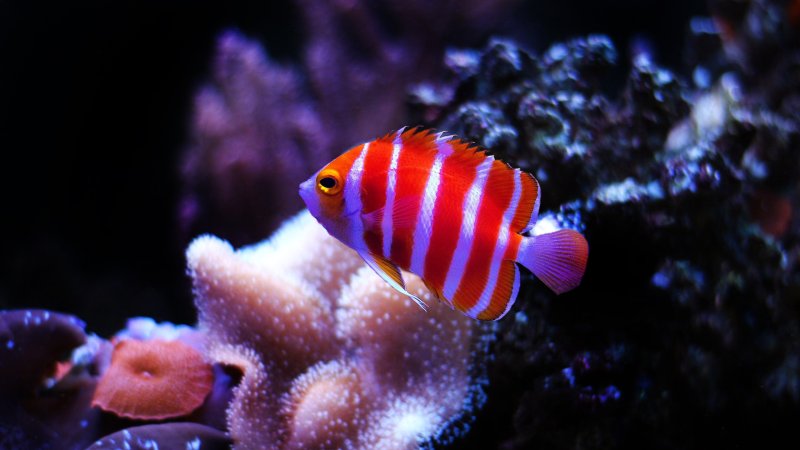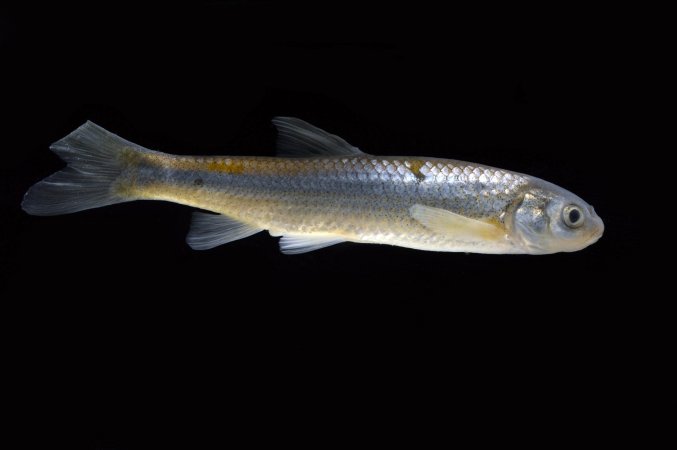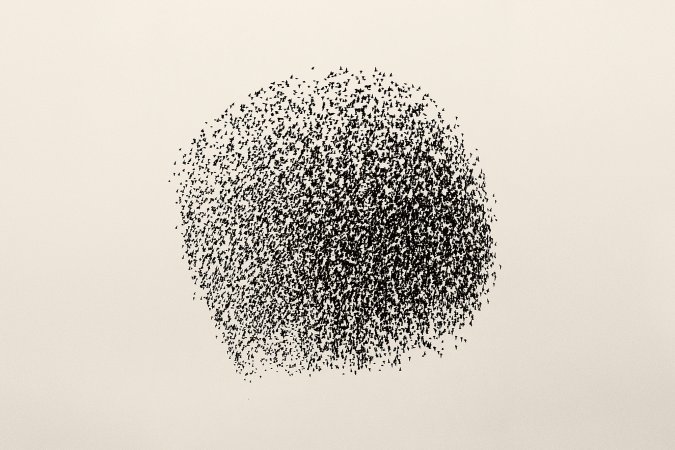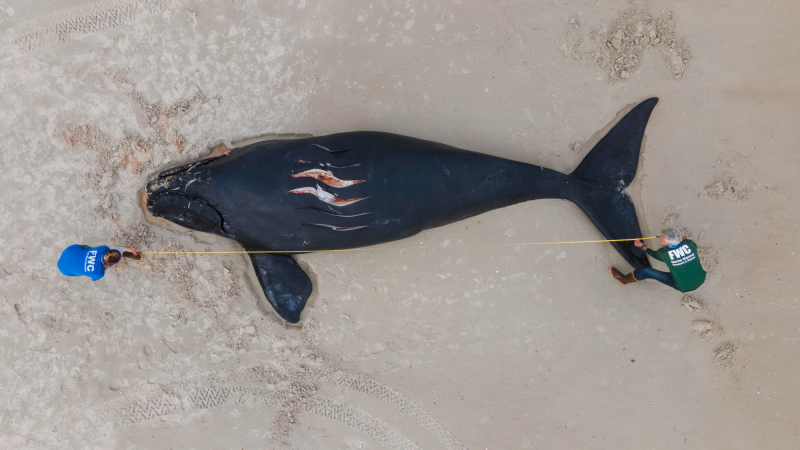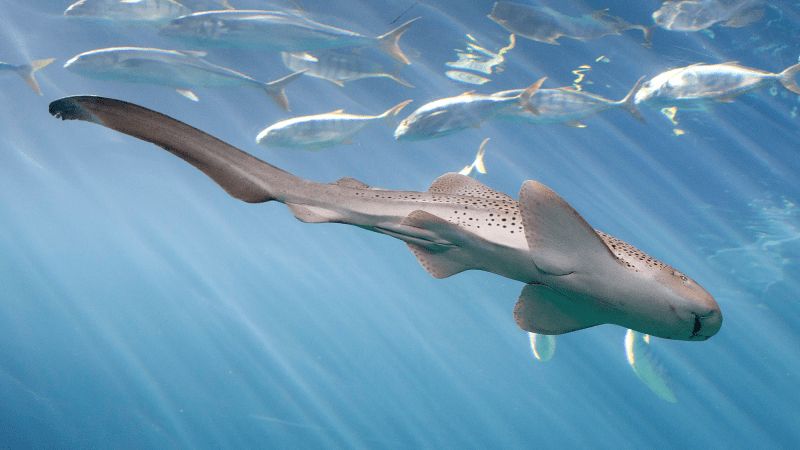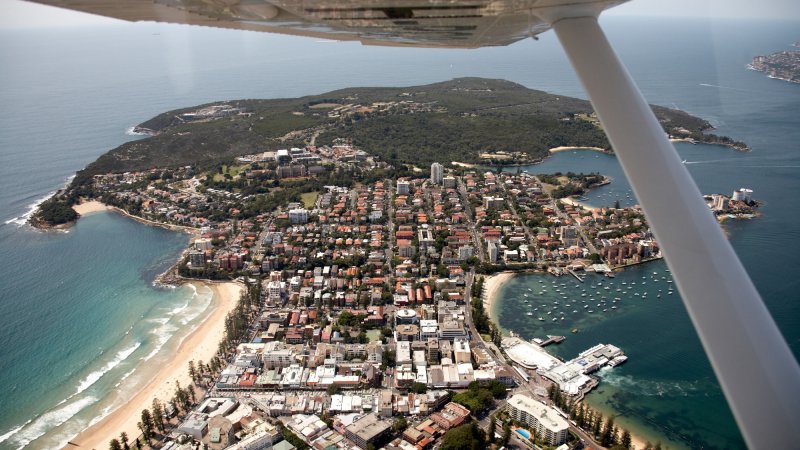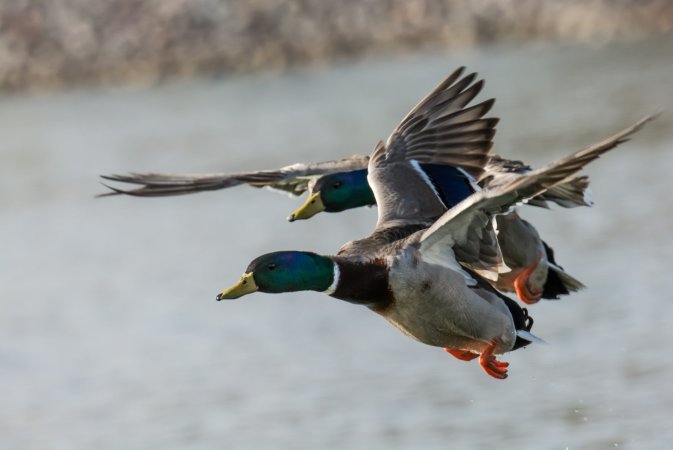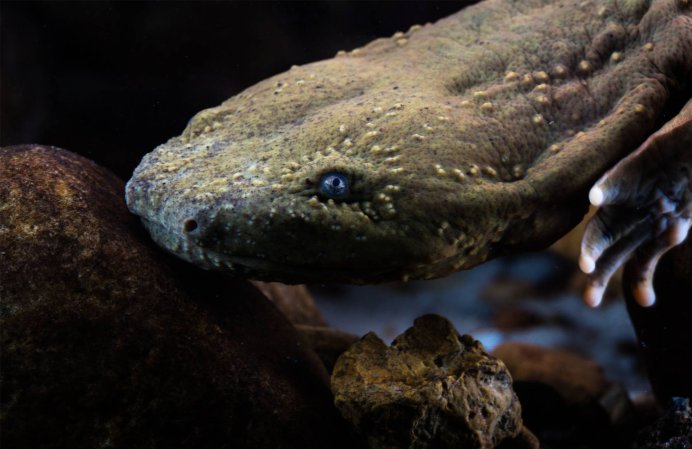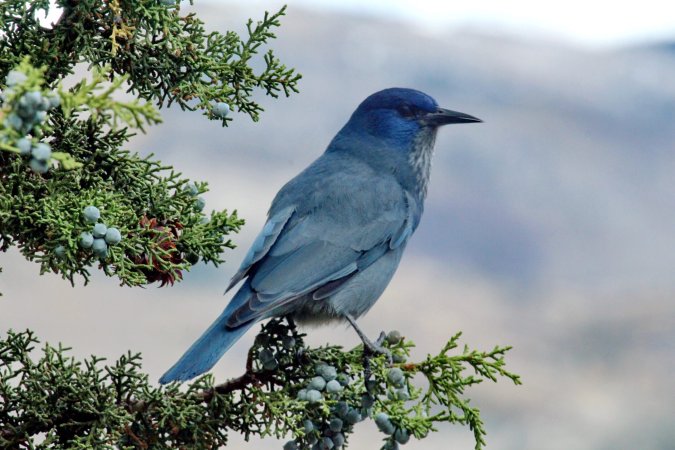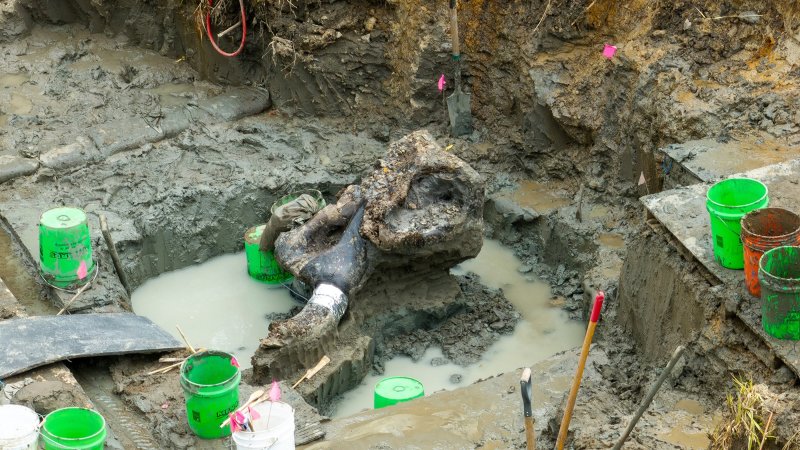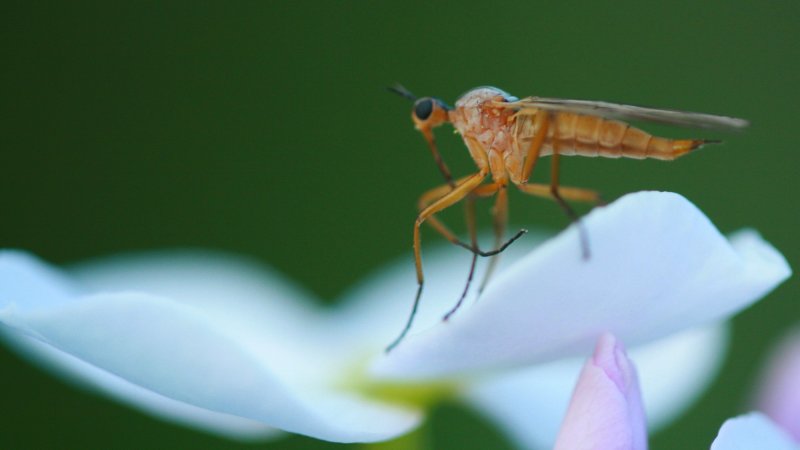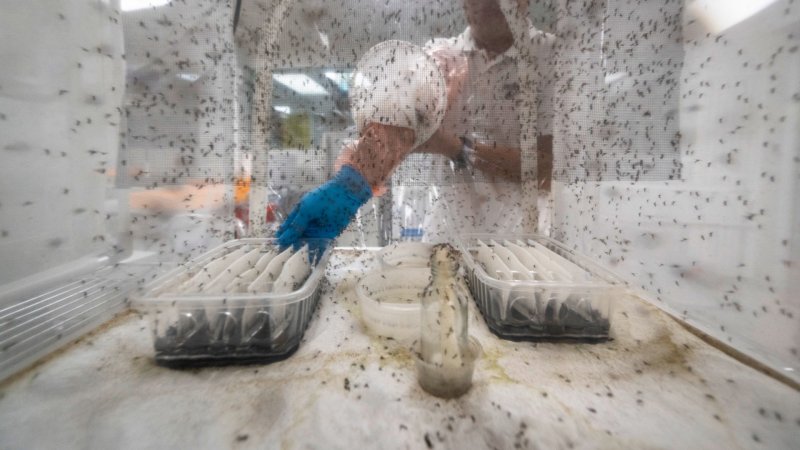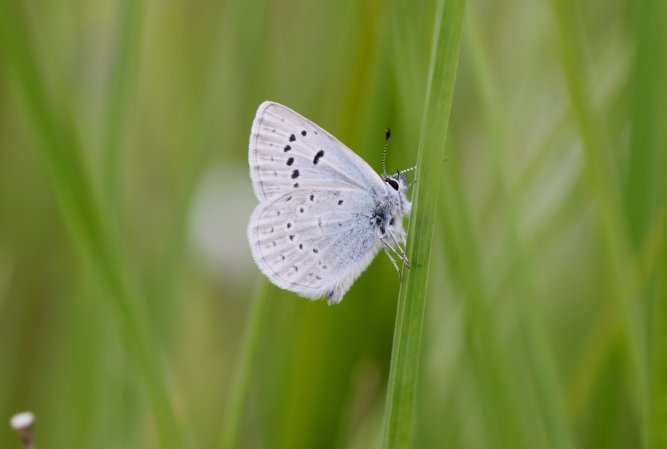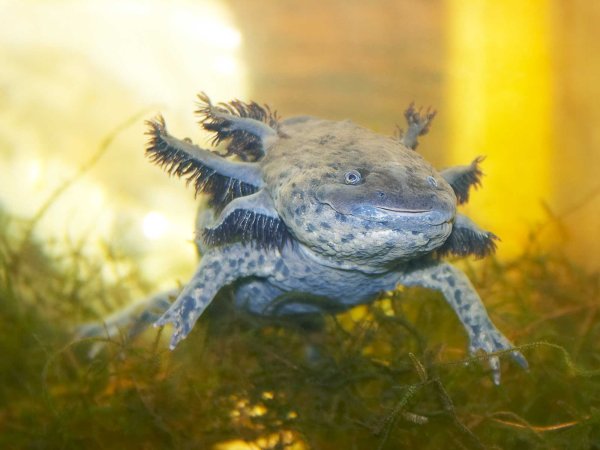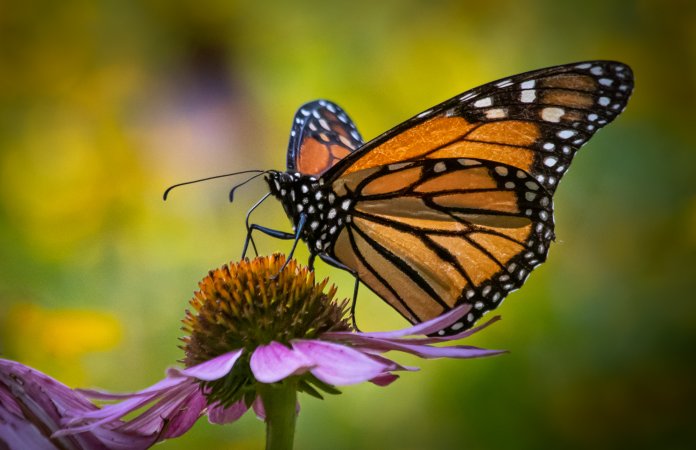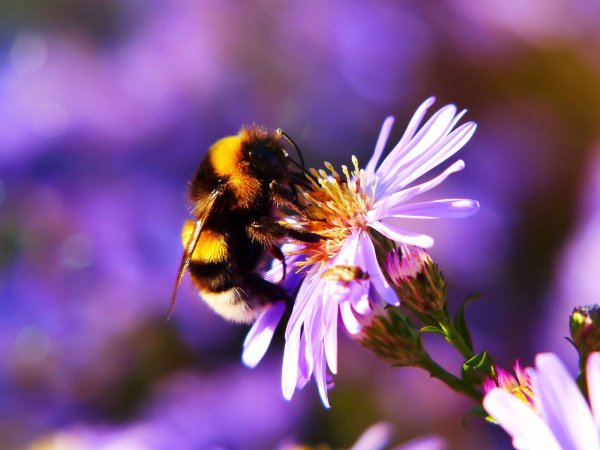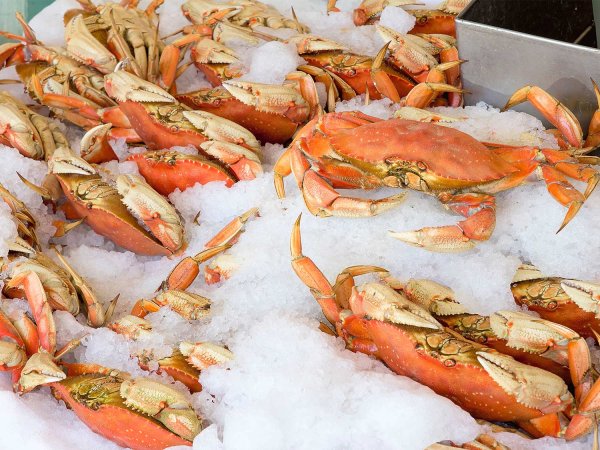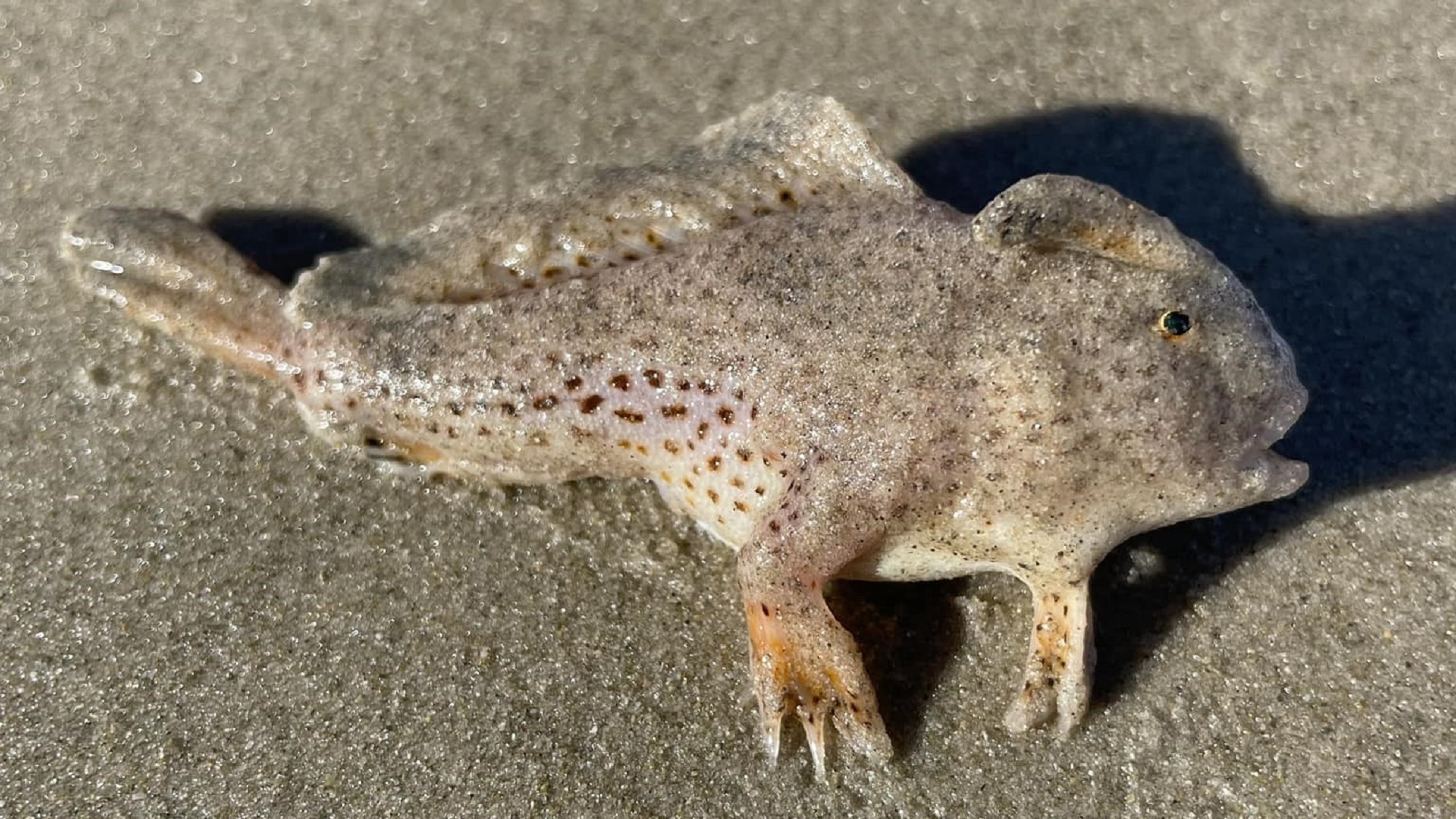

A fish with “hands” might seem like an evolutionary oddity—until you remember that all limbs formed from fins. Spotted handfish, which are related to anglerfish, aren’t known so much for their swimming, but instead walk around on the seafloor with modified pectoral fins that look like little fingered flippers. They also use their strange human-like appendages to clean and care for their eggs. The species is so rare today, only 2,000 or so left in the wild in places like the lower Derwent River estuary and Frederick Henry Bay in southeast Australia, according to CSIRO research technician Carlie Devine.
“We may only see one or two fish over a 60-minute dive, and sometimes none,” Devine said in a recent press release by the Australian government’s science agency. This is why it was such a big deal when runner Kerri Yare bumped into one on the beach in Primrose Sands, Tasmania. The spotted handfish is one of seven handfish species local to Tasmania and one of 14 in the world. But up until this discovery, the spotted handfish was believed to be extinct in Primrose Sands because there hadn’t been a sighting in nearly 20 years.
[Related: An endangered fish’s story follows the vanishing waters of the Rio Grande.]
Beyond their endearing, all-over freckles and unique method of locomotion, spotted handfish are also known as the first marine fish to be flagged as critically endangered on the IUCN Red List of Threatened Species. Prior to the 1990s, it was a pretty common creature in Tasmanian waters, but has since been split up into nine isolated populations. The biggest threat to these walking water beasts is dredge fishing boats in the area searching for scallops, and simultaneously, wrecking the handfish’s habitat and turning them into bycatch. Dredging is also a problem for dolphins, sea turtles, and other marine life. Invasive species like the North Pacific sea star, which love to snack on bottom-dwelling scallops, oysters, and mussels, have only made things worse for the spotted handfish by targeting the sea squirts that they wrap their eggs around.
Thankfully, dedicated scientists like Devine are keeping the species from teetering into extinction through methods like artificial spawning habitats and in-lab breeding programs. “We also have what we call an insurance population: fish that we collected from the wild that live in commercial aquariums,” Devine said in the statement. “This is so we can keep the species from going extinct. But [it’s] also to breed the fish, keep the juveniles safe until they are a bit older, and put them back in the river in hopes we can increase numbers in the wild. Through this program we’ve already released a small number of juveniles into the wild, and we are excited to see the ongoing impact of our work. We’re not done yet.”

Correction (September 15, 2023): The article previously stated that North Pacific sea stars prey on spotted handfish and their eggs, rather than just the substrate for their eggs.
